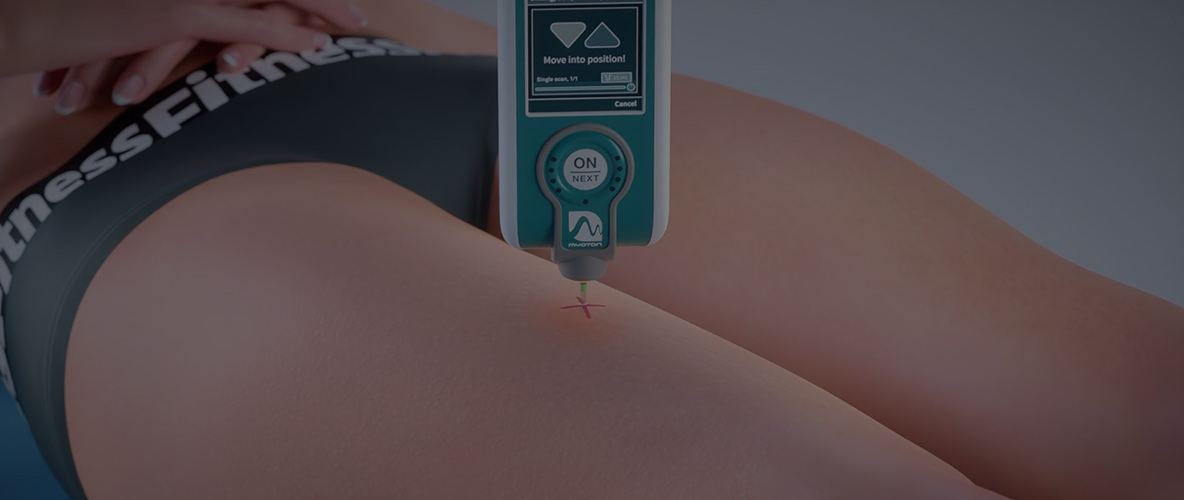Technology
MyotonPRO Digital Palpation Device
MyotonPRO offers a non-invasive, reliable and accurate solution for digital palpation of soft biological tissues. The device measures superficial skeletal muscles, tendons, ligaments, adipose tissue and skin.
MyotonPRO is a hand-held, smartphone-sized device which is quick and easy to use. Scientific research has proven its practicality and versatility.
The current MyotonPRO model is designed for research use only.



